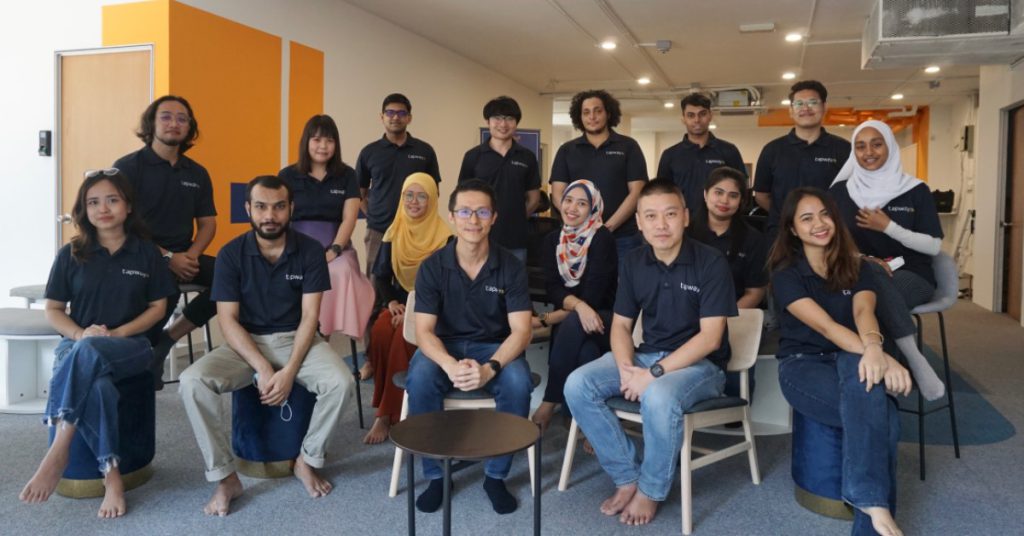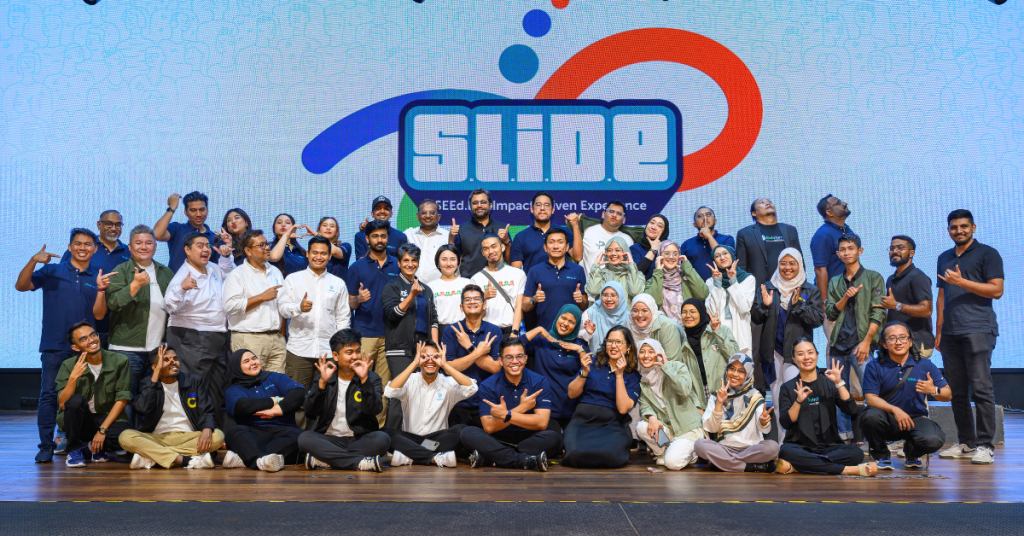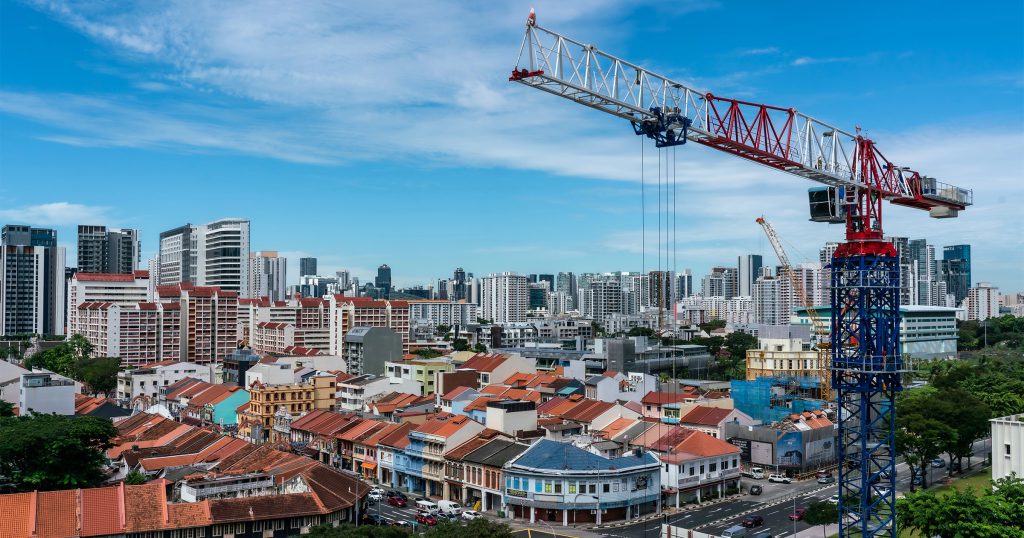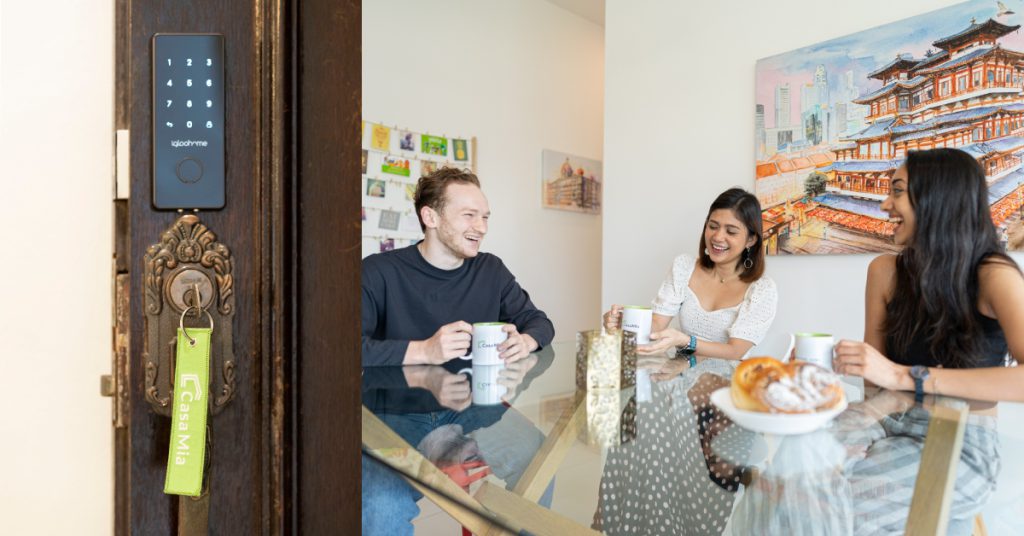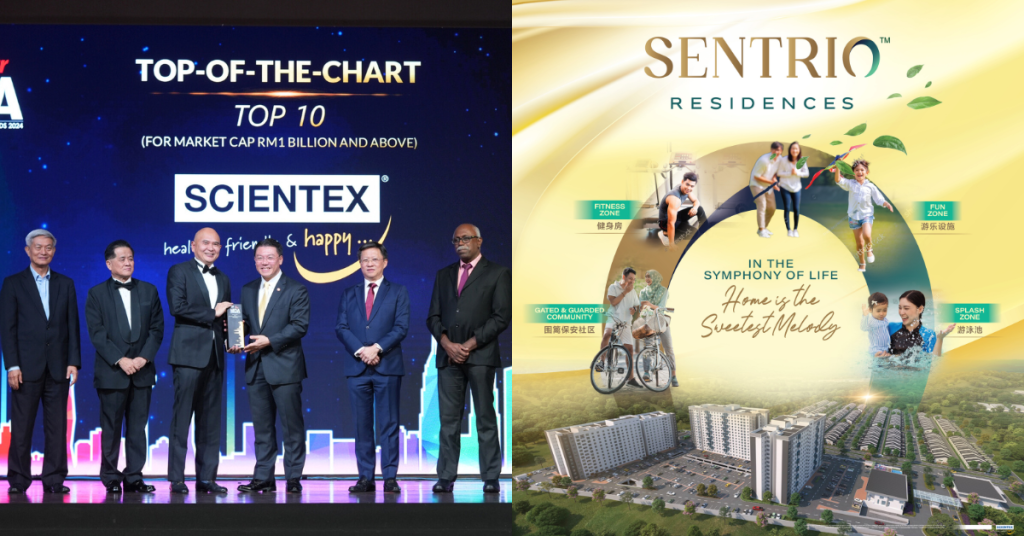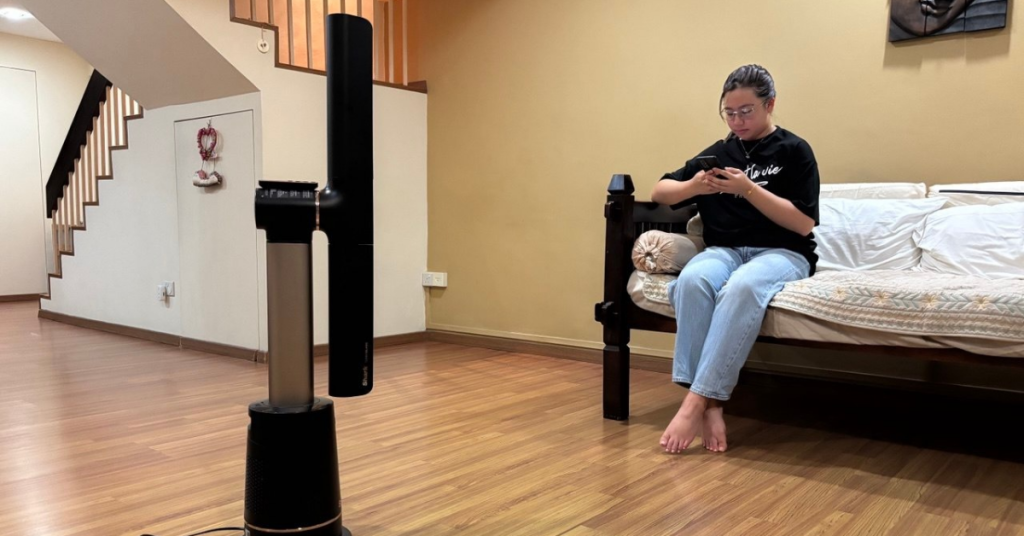[This is a sponsored post with Tapway.]
When utilised correctly, instead of being reduced to a movie trope of controlling humans or taking over the world, AI has multiple real world benefits. It can be used to monitor traffic in crowded zones to improve traffic flow, or to understand which shop attracts the most shoppers in a mall.
The above solutions are exactly what Tapway, one of Malaysia’s AI-vision based companies, wants to provide to businesses, and they’re not a fresh face in the scene either. They’ve been operating in and deploying their solutions in this region since 2014.
Helping their clients understand their customers better
The Tapway team envisions a commercial world fully utilising AI-vision based technologies to cut down on the use of manual labour—especially for menial tasks.
While humans can conduct tasks such as head counting and even jotting down number plates with minimal effort, errors can still happen. Whereas a trained AI can accurately replicate the task with a low margin of error.
Having AI tracking capabilities for buildings can do so much more than just knowing how many people go in and out of the building too. For example, Tapway’s PeopleTrack Vision can be used to predict and understand visitor movements and hotspots within their property.
One of the examples using Tapway’s solution is a prominent mall in Kuala Lumpur. Tapway has helped them gather data on:
- Shopper patterns in specific floors and zones
- A shopper’s main flow or path of movement
- Traffic trends based on time of day, month and year
By analysing the data above, a mall operator can easily identify when their mall is the busiest, how customers usually walk and what attracts their attention.

Building on more vision-based solutions
Other than just tracking customers, Tapway can also provide their AI-vision solutions to manufacturers to identify problem areas in their manufacturing process or catch defects. If paired with IoT (Internet of Things) solutions, VisionTrack can detect a defective product and a robot can easily pick out the defective product from the manufacturing line.
With the data gathered from the assembly line, manufacturers can also pinpoint methods and ways to improve or speed up their manufacturing process. And these are done without relying on manual labour doing menial tasks too.

While the above examples might only apply to manufacturers, they can still be used on a smaller scale. For example, retailers can use the data gathered from both PeopleTrack Vision and VisionTrack to see where customers go, what products they purchase and whether a shelf needs restocking before a product runs out.
Apart from providing convenient solutions for both customers and clients, AI-vision based solutions can also be used to improve security and reduce fraud cases.
PLUS Malaysia, one of the largest highway operators in Malaysia is one of Tapway’s clients too, and they utilise Tapway’s VehicleTrack solution in their highways. But unlike PeopleTrack, VehicleTrack specifically trains the AI system to spot vehicles.
And the VehicleTrack system can easily and quickly capture the vehicle plate, vehicle type and even detect what brand the vehicle is. This way, if the user commits potential fraud by paying with a different card from what he used when entering the highway, the operator has the option to use this information to investigate the case.
According to Tapway, the VehicleTrack solution managed to identify vehicles and capture the plate numbers at >99.4% character accuracy in all outdoor conditions as well. Not to mention, this solution can help toll operators to automate toll payment by classifying vehicles and reduce the need for manual labour doing repetitive tasks. Thus, this serves as the building blocks that will enable the implementation of the Single Lane Free Flow (SLFF) system in the future and ultimately towards the government’s vision of the MultiLane Free Flow (MLFF).
Leveraging AI for faster, better, simpler processes
The Tapway team also told us that as long as you have the right camera and servers, you can utilise their AI solutions, regardless of brands. They also wholeheartedly believe that their AI-based vision solutions can help businesses improve their processes and understand their customers better.
That said, they understand that there are still businesses that are hesitant to embrace AI and the use of big data in their business. But as we’ve seen in the past 2 years, COVID-19 has forced many businesses to take the digital approach to be data-driven, and many have started to see the light of data in their business.
Despite having a sound solution, the Tapway team is not kicking back and relaxing. They’re working hard behind the scenes with Intel to tweak and improve their AI solutions. With this collaboration with Intel, Tapway can integrate state-of-the-art Intel AI capabilities such as Intel DL Boost and the OpenVINO toolkit.

Looking towards the AI-lit future, Chee How said that their work in Malaysia is not done, as there are still businesses that can benefit from their AI solution. But, they still hope to extend their reach to other businesses within SEA waters.
So the next time you spot a camera at a toll booth or even by the entrance of a mall, it might not just be for pure security reasons—it could be a key component of ultimately improving the end customer experience.
If you’re interested to know more about how AI can create a smart connected factory, Tapway ran a free webinar on the subject. You can access the full recording here.
Featured Image Credit: Tapway



